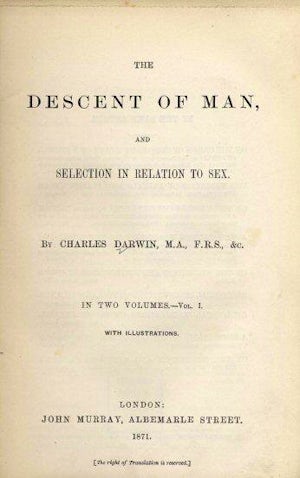1876 Several pieces of legislation, including the Gradual Civilization Act of 1857 and the Gradual Enfranchisement Act of 1869 were consolidated into the Indian Act. The purpose of the Act, according to those that wrote it, was simple: they sought to administer Indian affairs in such a way that Indian people would feel compelled to renounce their Indian status and join Canadian civilization as full members. In other words, one could say that the Act was designed to make life as an Indian difficult.
The Indian Act governs matters pertaining to Indian status, bands, and Indian reserves. It has been criticized as being highly invasive and paternalistic, as it authorizes the federal government to regulate the day-to-day affairs of registered Indians and their communities. The government exerted political control by imposing governing structures in the form of band councils, was allowed to determine on which land groups of Indians would live, and even had the power to define who qualified for Indian status. This last point has caused many problems over the years, as not all those who self-identified as Aboriginal Canadians were considered “Indians” under the terms of the act: Métis and Inuit people being notable cases. There were also a number of ways through which Indians could lose their “status,” such as marriage to a man who was not a status Indian (in the case of women), voluntary renunciation of their Indian status (enfranchisement), obtaining a college degree or becoming an ordained minister, having at the age of 21 a mother (or paternal grandmother) who did not have status before marriage, or being born out of wedlock to a mother with status and a father without. Various amendments and court decisions have repeatedly altered these rules, and Bill C-31—passed in 1985—legislated that those who had previously lost their Indian status for one of these reasons were eligible to regain it.
With the Indian Act in place, the federal government was in a position to enact a number of other problematic and discriminatory policies. An 1884 amendment to the Indian Act made attendance in residential or industrial schools compulsory for status Indians under the age of 16: children were forcibly removed from their homes and separated from their families for months or years with little to no contact, and were prohibited from speaking their own languages and from practicing their own religious rituals. The same 1884 amendment outlawed the Potlach ceremony, and paved the way for other, similar, amendments that would make Indian religious practices illegal. This practice has been described as an act of cultural genocide, and the model of taking children away from their families “for their own good” would be later be re-used by eugenicists.
The Indian Act is an extremely controversial piece of legislation. On one hand, Amnesty International, the United Nations, and the Canadian Human Rights Commission have criticized it as human rights abuse. But, on the other hand, the legislation is historically and legally significant, as it acknowledges the unique historical relationship between Canada and it’s Aboriginal peoples. This may help to explain why the Canadian Government has had little success in its attempts to repeal or replace the Indian Act. Among failed attempts for reform was Trudeau’s 1969 “White Paper,” which would have abolished reserves and all other markers of “special status,” fully assimilating Indians into Canadian society; a proposal that was was opposed by First Nation’s leaders. A 1994 agreement in Manitoba created a pilot project that dismantled the Department of Indian Affair’s regional structure in the province; the project was deemed unsuccessful and was discontinued in 2004. Many bills and senate proposals have also been introduced, only to die in parliament. More success has been found with “opt-out” agreements: legislation that allows individual bands to opt-out of sections of the Indian Act, provided that alternate measures have been put in place.
-Caroline Lyster
Hanson, E. (n.d.). The Indian Act. Indigenous Foundations. Retrieved from http://indigenousfoundations.arts.ubc.ca/home/government-policy/the-indian-act.html?type=123&filename=The%20Indian%20Act.pdf.
Union of British Columbia Indian Chiefs. (1988). The Indian Act and What It Means. (N. Sandy, Trans.). Vancouver, BC: The Law Foundation of British Columbia. Retrieved from http://www.ubcic.bc.ca/files/PDF/TheIndianAct_WhatItMeans.pdf.
Indian Act. (n.d.). Wikipedia. Retrieved from http://en.wikipedia.org/wiki/Indian_Act.
 1869:
Galton publishes Hereditary Genius
1869:
Galton publishes Hereditary Genius
 1871:
Charles Darwin publishes The Descent of Man
1871:
Charles Darwin publishes The Descent of Man